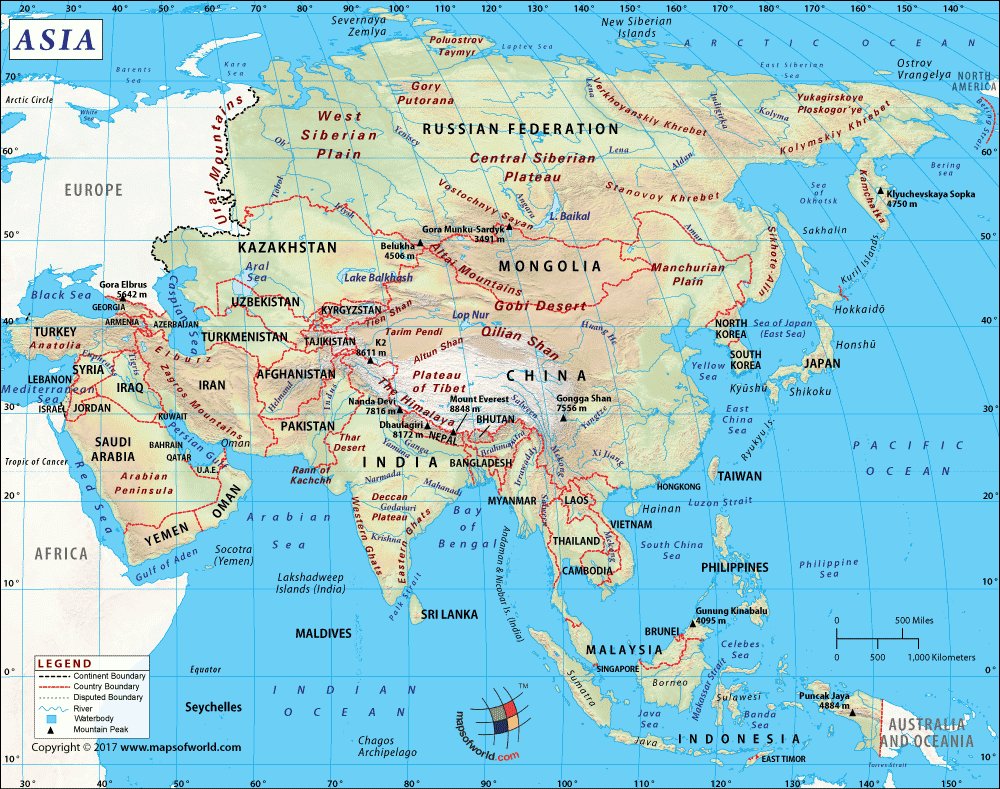What was Black Death?

The Black Death refers to the mass death of people resulting from the bubonic plague that occurred in Asia and Europe around the mid-14th century. The epidemic reached Europe in 1347 through merchant ships. In the coming five years, the epidemic wiped out about one-third of the population in Europe, i.e. over 20 million people, and may have eliminated around 75 to 200 million people in all of Europe and Asia.
The Beginning of the Epidemic
Modern research suggests that the plague probably began in China. What is known is that in the early 1340s, the disease started spreading in Egypt, Syria, Persia, India, and China. In 1347, ships arrived at Messina’s Sicilian port from the Black Sea. People at docks were in for a brutal surprise as they saw dead sailors on-board. Those who were alive were seriously ill, with black boils and pus oozing from their skin. The authorities immediately ordered the exit of the ships from the harbor, but it was too late by then.
The Italian poet Giovanni Boccaccio wrote about this disease: “In men and women alike, at the beginning of the malady, certain swellings, either on the groin or under the armpits…waxed to the bigness of a common apple, others to the size of an egg, some more and some less, and these the vulgar named plague-boils.”
The strange swellings often seeped out pus and blood. This was then followed by a range of other symptoms like pains, aches, diarrhea, vomiting, chills, fever, and then finally death. Plague was also highly contagious. Boccaccio wrote, “The mere touching of the clothes, appeared to itself to communicate the malady to the toucher.” The disease was quick to lead to death. It wasn’t entirely uncommon if a person who was perfectly healthy at night ended up dead by morning.
The Cause behind Black Death
Today Black Death is concluded to be caused by a bacillus named Yersinia pestis (named after the French biologist Alexandre Yersin who discovered it towards the end of the 19th century).
Bacillus is known to travel through the air, ‘pneumonically’ (from person to person), and also through the infected rats and fleas’ bites. The disease causing fleas used to inhabit the skins of rodents that were quite common in medieval Europe. And at ships, they were quite at home.
Though the spread of plague as the primary reason for widespread misery and death during the medieval ages cannot be denied, some studies suggest that its impact may have been aggravated by the spread of other diseases, wars (such as the Thirty Years’ War and the Great Northern War), and famines (caused by the shortage of farm labour).
The Epidemic Spreads
Soon after the plague arrived in Messina, it spread to North Africa’s port of Tunis and France’s port of Marseilles. Then it spread to the two main cities which served as a center of trade routes – Florence and Rome. By mid-1348, the Black Death reached London, Lyon, Bordeaux, and Paris. By some accounts, the villages and towns that were in isolated regions remianed relatively more immune to the disease.
In those times, nobody knew the reason for the mass deaths. No one was sure how the disease spread from one affected person to another. Lack of medical knowledge, and presence of filth and parasites in the vicinity of human neighborhoods aided rapid spread of the disease. There was no way to treat or prevent it. In the wake of this, a breeding ground for superstitious practices (like bathing in vinegar or rosewater) and unsophisticated & unsanitary techniques (like boil-lancing and bloodletting) developed.
The wave of panic was also escalating along with the disease. Doctors refused to see patients, healthy people did their best to steer away from the sick, shopkeepers kept their stores closed, and even priests refused to perform the last rites. Some people left the cities to settle in the countryside. However, the disease was not limited to only humans, but could also affect chickens, pigs, goats, sheep, and cows.
In the face of desperation to save themselves, some even abandoned their sick near and dear ones.
Black Death – A Retribution?
Since the prognosis and characteristics of the disease were not understood by people at that time, many were of the view that Black Death was a divine punishment. And it was retribution for sins such as fornication, blasphemy, and greed, among others. As per this logic, attaining God’s forgiveness was the only way to deal with the plague. Some believed that to be in God’s good graces again, it was necessary to purge troublemakers and heretics from their communities. As a result of this, between 1348 and 1349, there was a surge in anti-Semitism and thousands of Jews were selectively massacred.
End of the Epidemic
The plague ran its course and almost disappeared by the early 1350s. But the epidemic kept on reappearing for centuries in the Mediterranean region, Europe (till the 18th century), North Africa (19th century), Islamic world, and the Ottoman empire. Cities such as London, Paris, Vienna, Amsterdam, and Oslo were greatly affected by subsequent outbreaks. Gradually, advancements in medical knowledge, and the emergence of modern public-health practices and sanitation systems have diminished the problem. Nonetheless, it is not completely eliminated.
Related Links:



